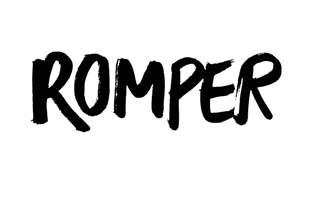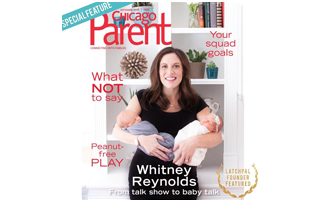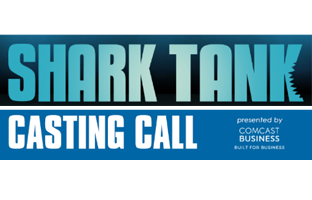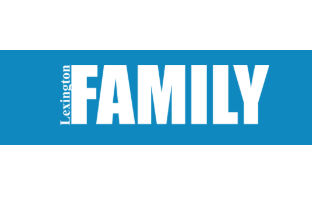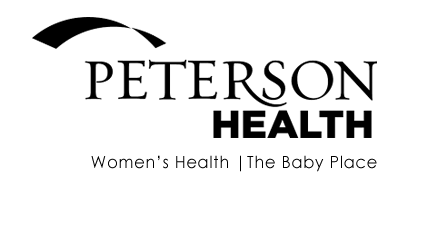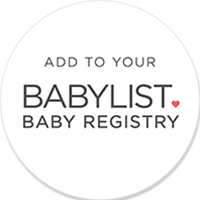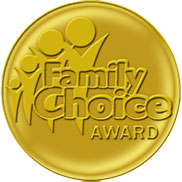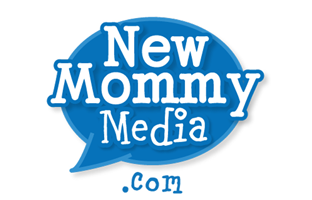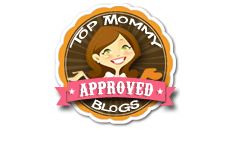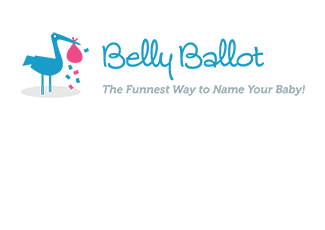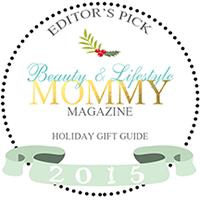Postpartum Hair Loss
Reading time: 2 minutes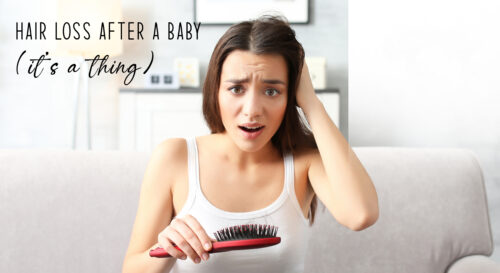
6 Simple Tips if you’re concerned about postpartum hair loss .
Pregnancy Hair is Awesome
During pregnancy, women experience an increase in estrogen levels which contributes to a decrease in hair loss and results in you sporting the best hair of your life. Sadly, that ultra glamourous thick, long, and lustrous hair isn’t here to stay, but it’s great while it lasts!
What happens after you give birth .
After giving birth, it can takes months for a woman’s hormones to level out and return to normal (especially if you’re breastfeeding) and while you’re eager to bounce back to your pre-baby self, it’s a process, so give yourself some grace.
According to The American Academy of Dermatology, the average woman loses approximately 50-100 hairs on any given day. However, in the months following delivery, a new mom can loose up to 400 strands of hair a day. So, those clumps of hair gathering at your drain ? TOTALLY normal. Postpartum hair loss is a normal process as your body rebalances itself and you’re going to be okay; and while you can’t prevent shedding, you can encourage regrowth.
6 Ways to promote hair (re)growth-
- Skip The Pony, Not the Shower
Now if you’re anything like me, you might wonder if skipping showers and shampooing will slow shedding. I’ve tried this method and assure you it does not help. However, if you’re accustomed to wearing tight ponytails or buns, you might want to relax your style because repeated pulling of hair can damage hair follicles and stifle new growth. But don’t worry, even that’s reversible. The truth is, our amazing bodies are pretty good at bouncing back.
- Take a Multi-Vitamin.
Mom life is tough and a mother’s can become depleted of vitamins and minerals, especially while breastfeeding. If you have an irregular eating schedule or aren’t finding time for balanced meals, you should consider taking a multi-vitamin.
- Consider Iron and Biotin.
If you’re prone to iron deficiency, an iron supplement can help regulate hemoglobin levels and positively affecting hair follicle growth. Additionally, Biotin, commonly known as B7, can also be a good friend. It helps keratin production and might stimulate growth of nails and hair follicles .
- Skip The Hair Color.
It’s not uncommon for the color and/or texture of your hair to change during pregnancy. Just when you thought you’d reached the finish line, you might want to steed clear of hair color a bit longer, as the chemicals could potentially damage your hair and scalp. Better safe than sorry.
- Be Gentle To Existing Locks.
Be gentle combing your long locks after a shower, wet hair is fragile, show it some love and remember to relax your up-do…those hair follicles, they’re working overtime.
- Hello Baby Bangs.
If you haven’t already, around six to nine months, take a close look at your hairline in the mirror; you might be pleasantly surprised to see tiny new hair growth.
In most cases, hair loss isn’t permanent but on occasion, us mamas put the needs of others before our own and sometimes we don’t practice good self care. Always listen to your body and call your Ob-gyn if you’re not feeling like yourself. Cases of extreme extended hair loss could be an indicator of other health problems that you need to check out.
In conclusion, these are the unspoken joys of motherhood, ha ha ha. Little postpartum aftershocks that can rattle your world, until you realize it’s happened to everyone. Hang in there mama, what you’re experiencing is normal. You’re doing great, take care of yourself and that family!
Written by Melissa LaHann, Founder and CEO of Happy Fig, LLC
Like many moms before her, Melissa cradled her hungry, crying baby as she sat uncomfortably holding up her shirt. She needed a better solution, so she created LatchPal, the first nursing clip of its kind.
LatchPal is a breastfeeding shirt clip that holds up a mother’s shirt during breastfeeding. It eliminates shirt re-positioning and feeding disruptions, and helps a mom nurse hands-free in comfort to maximize milk flow. LatchPal was designed with moms in mind. The multi-use solution
